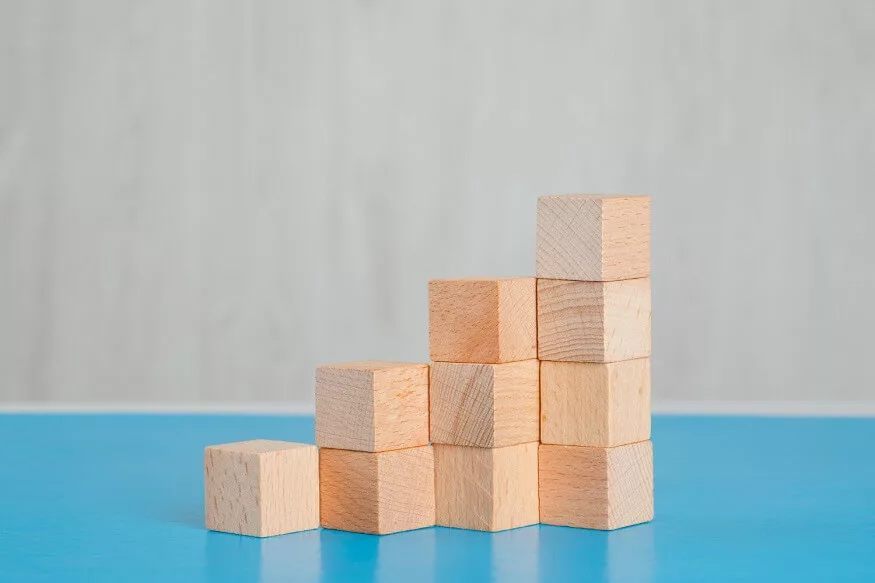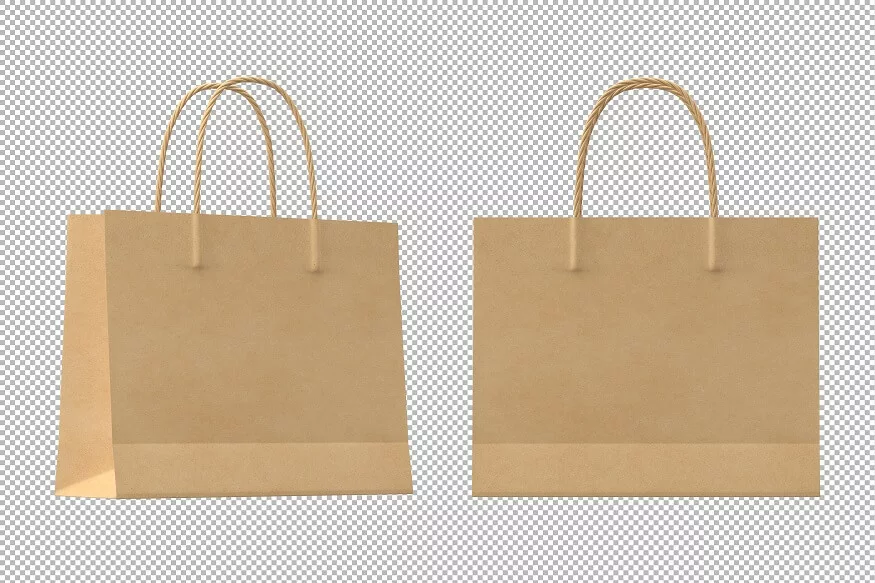In the colourful world of childhood, few toys hold the timeless appeal and educational significance of building blocks. As parents and caregivers, it’s only natural to wonder when the right time is to introduce toddlers to the enchanting world of building blocks. In this guide, we’ll explore the benefits of building blocks for kids, delve into the developmental milestones that influence the timing of introduction, and offer practical tips to make the most of this enriching experience.
The Irresistible Allure of Building Blocks
Building blocks come in various shapes, sizes, and materials, from classic wooden blocks to iconic LEGO bricks. The magic lies in their simplicity and the boundless possibilities they offer for exploration and creation. As children engage with building blocks, they not only refine their motor skills but also embark on a journey of discovery, problem-solving, and self-expression.
Also Read: Independent play in children: Importance, Benefits And Tips For Parents
Benefits of Building Blocks for Kids:
1. Fine Motor Skills
Manipulating building blocks helps toddlers refine their fine motor skills as they grasp, stack, and connect the blocks. These actions contribute to the development of hand-eye coordination and dexterity.
2. Cognitive Development
Building blocks provide an early introduction to basic mathematical concepts such as shape recognition, counting, and spatial awareness. As children experiment with different arrangements, they develop problem-solving skills and enhance their cognitive abilities.
3. Creativity and Imagination
The open-ended nature of building blocks encourages creativity and imagination. Children can transform blocks into a myriad of structures, from towering castles to imaginative landscapes, fostering a sense of wonder and innovation.
4. Social Skills
Building blocks are often enjoyed in group settings, promoting social interaction and cooperation. As children share and collaborate in building projects, they develop essential social skills such as communication, teamwork, and negotiation.
5. Language Development
Engaging in block play provides opportunities for language development. Children express their ideas, describe their creations, and communicate with others, building a foundation for language skills and vocabulary.
6. Concepts of Cause and Effect
Knocking down a tower of blocks or observing the impact of adding weight to a structure introduces toddlers to concepts of cause and effect. These early lessons in physics contribute to a child’s understanding of the world around them.
7. Emotional Regulation
Building and creating with blocks can be a calming and soothing activity for toddlers. It provides an outlet for self-expression and emotional regulation, allowing children to channel their energy into a constructive and focused task.
8. Foundation for STEM Learning
Building blocks lay the foundation for future STEM (Science, Technology, Engineering, and Mathematics) learning. The hands-on exploration of spatial relationships and basic engineering principles in early childhood can spark an interest in these fields later in life.
Also Read: Parents know best How you can play and learn at the same time
Developmental Milestones: When to Introduce Building Blocks:
While building blocks offer a plethora of benefits, the timing of their introduction is closely tied to a child’s developmental milestones. Here’s a general guide to help you gauge when your toddler might be ready to embark on their building block adventure:
- Motor Skills Development:
- Introduction to Large Blocks:
- Hand-Eye Coordination:
- Transition to Smaller Blocks:
- Spatial Awareness:
- Simple Building Structures:
- Enhanced Cognitive Skills:
- Introduction to Construction Sets:
- Fine Motor Mastery:
- Storytelling and Building:
1. 12-18 Months
Toddlers at this stage are refining their gross and fine motor skills.
Begin with large, soft blocks that are easy to grasp and stack.
2. 18-24 Months
Improved hand-eye coordination allows for more controlled manipulation of objects.
Introduce smaller building blocks with different textures and colours.
3. 2-3 Years
Developing spatial awareness enables toddlers to understand how blocks fit together.
Encourage stacking and building simple structures like towers.
4. 3-4 Years
Improved cognitive skills allow for more complex construction.
Explore construction sets with interlocking pieces, fostering creativity.
5. 4-5 Years
Fine motor skills are further refined, enabling intricate block manipulation.
Combine storytelling with building, encouraging narrative skills.
Also Read: Fun Magnet Experiments and Activities for Children To Learn And Enjoy
Practical Tips for Introducing Building Blocks:
- Start with Age-Appropriate Blocks:
- Supervise and Play Together:
- Explore Different Textures and Shapes:
- Rotate and Expand Block Collection:
- Encourage Imaginative Play:
- Create Building Challenges:
- Celebrate Achievements:
- Build a Block Library:
- Incorporate STEM Concepts:
- Promote Independent Play:
Begin with large, soft blocks for younger toddlers and gradually introduce smaller blocks as they develop their motor skills. Consider blocks with rounded edges to ensure safety.
Initially, supervise your toddler’s block play to ensure safety. Join in the play, offering guidance and encouragement. This shared experience strengthens the bond between parent and child.
Introduce blocks with varied textures, colours, and shapes. This multisensory experience enhances a child’s engagement and stimulates their sensory perception.
Keep the block play exciting by rotating the types of blocks available. Introduce new shapes, colours, and construction sets to spark fresh interest.
Foster imaginative play by incorporating figurines, animals, or themed accessories into block play. This encourages storytelling and role-playing.
As your child grows, introduce building challenges to enhance problem-solving skills. Ask them to build a bridge, a house, or a specific structure using the blocks.
Acknowledge and celebrate your child’s building achievements. This positive reinforcement boosts their confidence and encourages further exploration.
Create a block library with a variety of building materials. Include wooden blocks, LEGO bricks, magnetic blocks, and other construction sets to provide a diverse and stimulating play environment.
Introduce basic STEM concepts during block play. Discuss concepts like balance, symmetry, and stability as your child constructs different structures.
Encourage independent block play as your child becomes more confident. This fosters a sense of autonomy and self-directed learning.
Also Read: The Benefits of Shape Sorting Toys for Two-Year-Olds
Building blocks are not just toys; they are gateways to a world of discovery and development for toddlers. By introducing blocks at the right developmental stage, parents and caregivers provide children with a foundation for creativity, cognitive growth, and social skills. As the colourful blocks come together in the hands of little builders, they weave stories, construct dreams, and lay the groundwork for a lifetime of learning. EuroSchool urges parents to gather those blocks, embrace the joy of play, and watch as their toddler’s imagination and abilities flourish with each carefully stacked piece.










